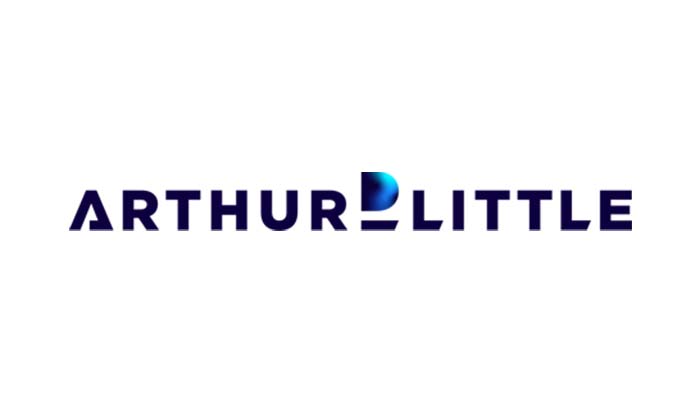New Arthur D. Little blue shift institute report outlines 5 scenarios for future of climate change adaptation
Whatever the success of climate change mitigation measures, companies and society will need to adapt to a changing world. To aid business climate change adaptation strategies, Arthur D. Little (ADL)’s Blue Shift Institute today published We’re doomed, now what?, an in-depth report that sets out five potential scenarios for adaptation and highlights relevant technologies to focus on.
The report is based on extensive analysis, interviews with over 40 international experts, surveys of business leaders, and was created in close collaboration with the United Nation’s (UN’s) World Intellectual Property Organization (WIPO).
It works on a “+3°C by 2100” outcome for climate change, based on projections by the Intergovernmental Panel on Climate Change (IPCC) and uses this to underpin five potential, non-exclusive scenarios for the future of climate change adaptation:
· Green Communities: A resource-scarce world in which grassroots initiatives flourish, for lack of more ambitious projects; there is a pull towards greater decentralization, circularity, and frugality
· Lonely at the top: Highly concentrated and competitive industries in which market leaders spearhead adaptation to build competitive advantage and keep satisfying consumers, while operating under increasing constraints
· Wild Green West: A creative chaos in which private adaptation initiatives sprout everywhere, fueled by private capital and hype, with no overarching strategy or consistency
· Don’t Look Up: A bleak future in which neither customers nor finance institutions have adjusted to the new climate reality, leaving nothing but quick fixes and crisis management
· Adaptation Surge: A world in which adaptation is the norm and the new currency, resetting expectations, creating new markets and new needs for differentiation, and possibly overengineering
For each of these futures the report outlines the functional expectations and relevant technologies to drive adaptation. Alongside this, it includes “no regret” solutions, enabling technologies, and capabilities that will be vital, whatever the future brings, and that companies should invest in now.
Dr. Albert Meige, Global Director of Blue Shift at Arthur D. Little, comments: “When faced with prospective technology choices, executives often need to address three challenges: complexity, speed and cognition. Adaptation to climate change is no different. It is complex because climate impacts are local, multifactorial and highly variable; and also because there is a myriad of adaptation technologies available. By modeling potential scenarios we aim to cut through this complexity, providing CEOs with a clear guide to the potential technologies that their adaptation will require.”
Dr. Peter Oksen, Senior Program Officer at the World Intellectual Property Organization (WIPO) GREEN, comments: “This report offers a refreshing new angle to climate action, namely that of businesses and their priorities for adapting to a challenging future. It provides the scenario-based context for the technologies outlined by WIPO GREEN, underscoring the essential role of innovation in forging a sustainable future. By detailing the functional expectations and key technologies necessary
for adaptation, it highlights the need to integrating technological advancements within our business, economic and policy frameworks to effectively combat climate change.”
We’re doomed, now what? can be accessed here.


Comments are closed.